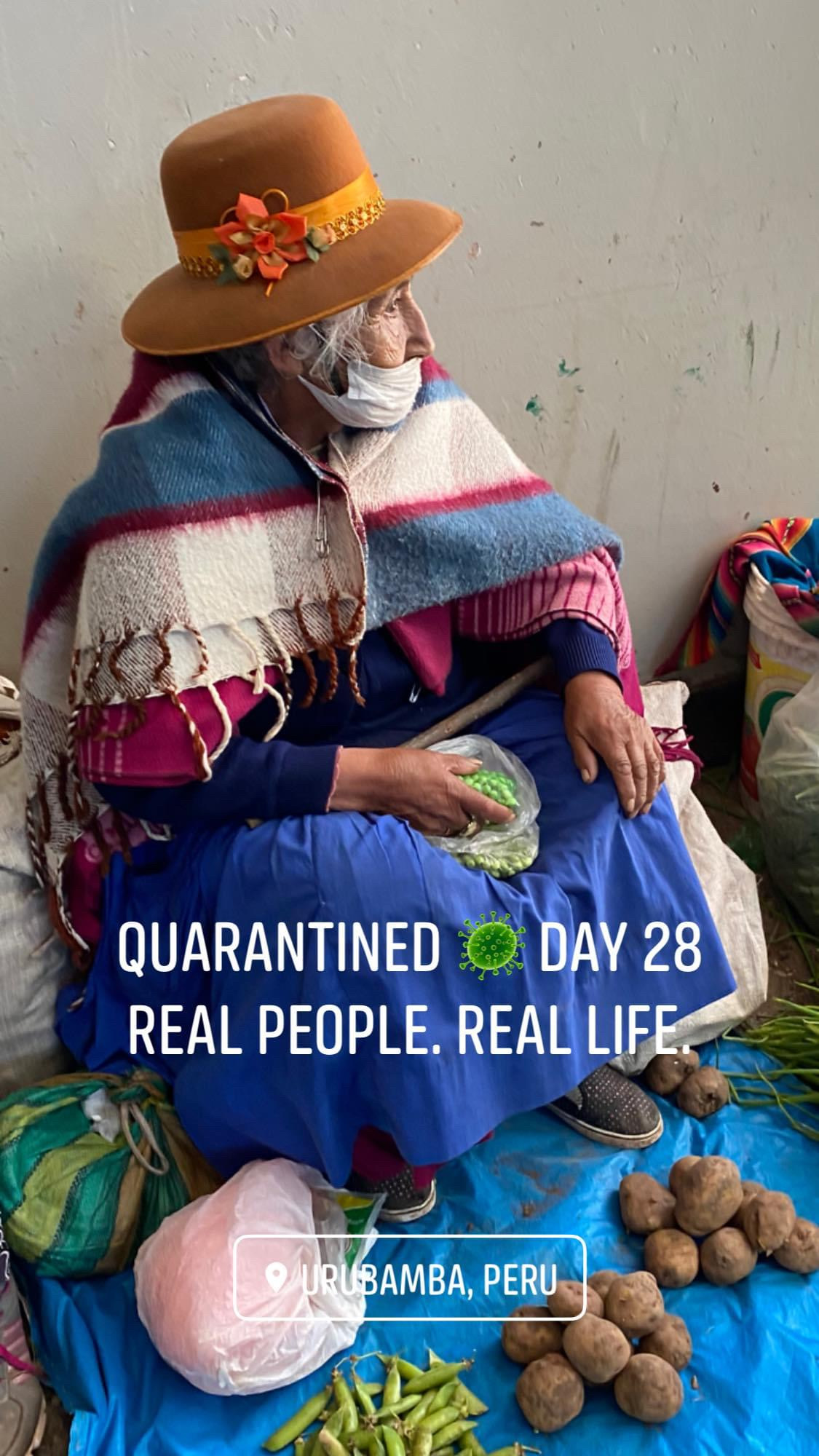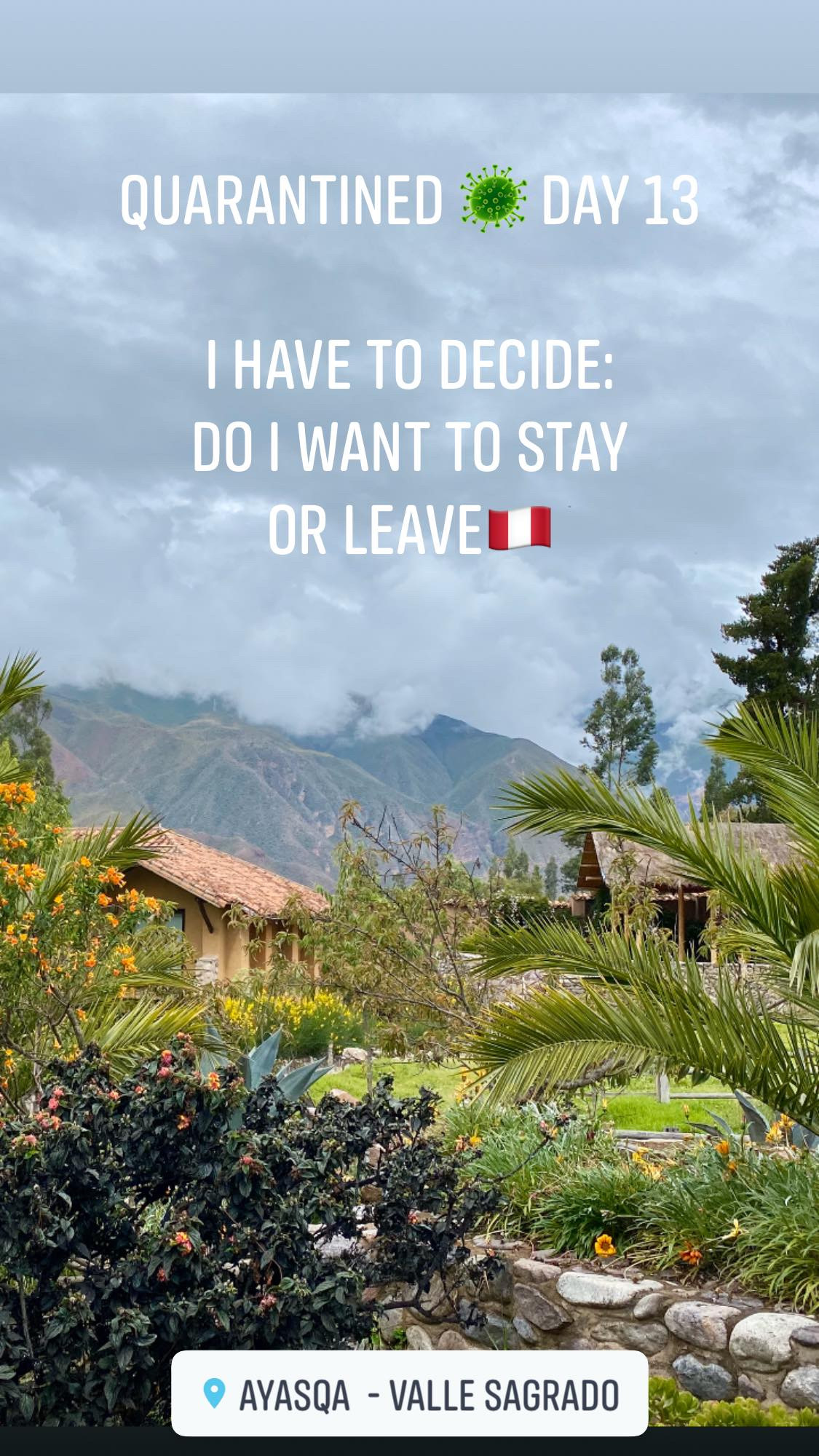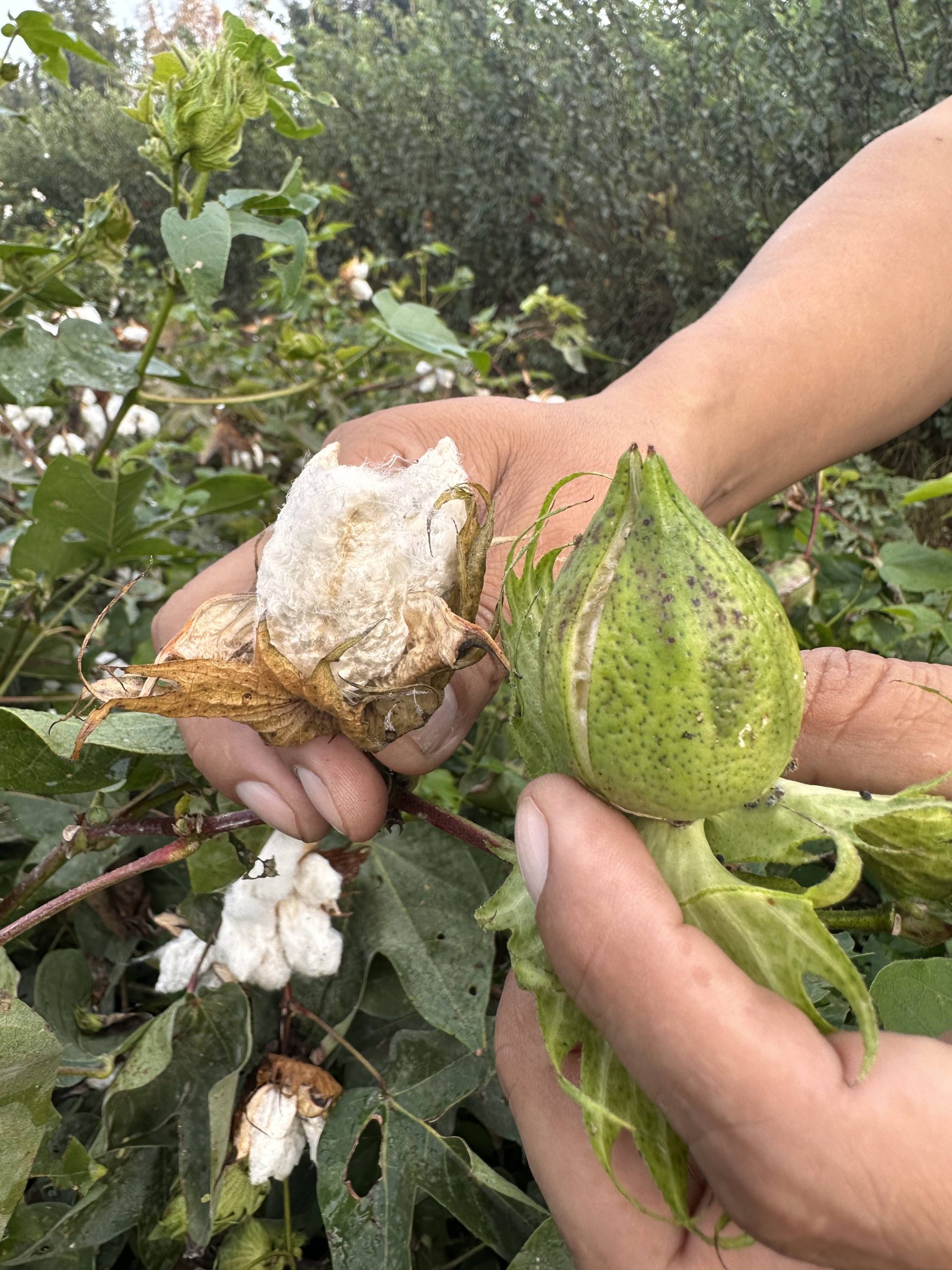Part of the Códice de Algodón project by Pima Prima
Cotton has woven its way through Peru’s history for over 7,000 years — from ancient rituals in sacred valleys to the runways of modern sustainable fashion. 🌿 This soft, resilient fiber has clothed emperors, empowered artisans, and shaped entire cultures. As part of the Códice de Algodón project by Pima Prima, we journey through the evolution of cotton in Peru — from its sacred past to its ethical present.
🧵 Ancient Roots: Cotton in Pre-Columbian Peru
Archaeologists have uncovered evidence of cotton cultivation as early as 6000 BCE on Peru’s northern coast. Civilizations like the Norte Chico, Moche, and Nazca grew and spun cotton into textiles used for daily life, trade, and ceremony.
The Inca Empire elevated textile arts to their highest form. Cotton wasn’t just utilitarian — it was spiritual, political and symbolic. Woven tunics (called uncus) and ceremonial cloths bore sacred patterns, natural dyes and stories passed down through generations. Cotton textiles were also part of the Inca tribute system, given to the state as a form of tax.
⚔️ Colonization and the Industrial Era
With the arrival of Spanish conquistadors in the 16th century, indigenous cotton traditions were disrupted. European weaving styles replaced many local techniques and cotton became a commodity for the global market. Later, industrial machinery in the 19th and 20th centuries shifted production toward mass output.
But even through colonization and industrialization, indigenous communities preserved their knowledge — quietly weaving traditions into the fabric of everyday life. ✨
🌾 Peruvian Cotton Today: Excellence and Sustainability
Peru is now a world leader in producing ultra-premium cotton, including:
- Peruvian Pima Cotton: Renowned for its extra-long fibers, making it luxuriously soft, breathable, and incredibly durable. 💎
- Tanguis Cotton: A variety developed in the early 20th century, known for its resilience and ideal performance in Peru’s coastal climate. 🌊
Modern Peruvian artisans and designers are reviving ancient techniques using natural dyes, traditional looms and sustainable practices. Organizations and brands — including Pima Prima — work hand-in-hand with weavers to empower local communities, uphold fair trade, and preserve ancestral knowledge. 🧶
🏛️ Explore the Heritage: Museums Worth Visiting in Peru
To dive deeper into Peru’s cotton legacy, visit these incredible museums and cultural centers:
🏺 Museo Larco (Lima) – Showcases pre-Columbian art and ceramic scenes of ancient textile making.
📜 Museo Nacional de Arqueología (Lima) – Highlights early agricultural techniques and their link to textile production.
⛰️ Museo Inkariy (Sacred Valley) – A cultural immersion into the textile and spiritual life of Andean civilizations.
📚 Recommended Reading: Learn More
- “Textiles of the Andes” by Rosemary Joyce
- “The Art of the Andes: From Chavín to Inca” by Rebecca Stone-Miller
- “Andean Textiles: The Art of the Loom and the Dyes” by Lila A. O’Rourke
- “The Incas and Their Ancestors” by Michael A. Malpass
- “Moche Art and Archaeology in Ancient Peru” by Steve Bourget
Threads That Connect Past and Future
Cotton in Peru is more than a crop — it’s a living heritage. From the sacred rituals of the Inca to today’s ethical fashion brands, Peruvian cotton tells a story of creativity, resilience, and identity. ✨
At Pima Prima, through the Códice de Algodón project, we honor this legacy by celebrating the artisans, farmers, and communities that continue to keep Peru’s cotton culture alive — stitch by stitch. 🧵💚
#PeruvianWeaving #AndeanTextiles #CottonTShirtsForWomen #PimaCotton #SustainableFashion #EthicalFashion #SlowFashion #CódiceDeAlgodón #Women’sTShirts #FashionWithPurpose #SoftTeesForWomen #AncientCrafts #TextileHeritage #EcoFriendlyFashion #PeruvianCulture #CroppedTShirtsForWomen #NaturalDyes #WomensTShirtsCotton #HandcraftedFashion #CulturalPreservation #PimaCotton



